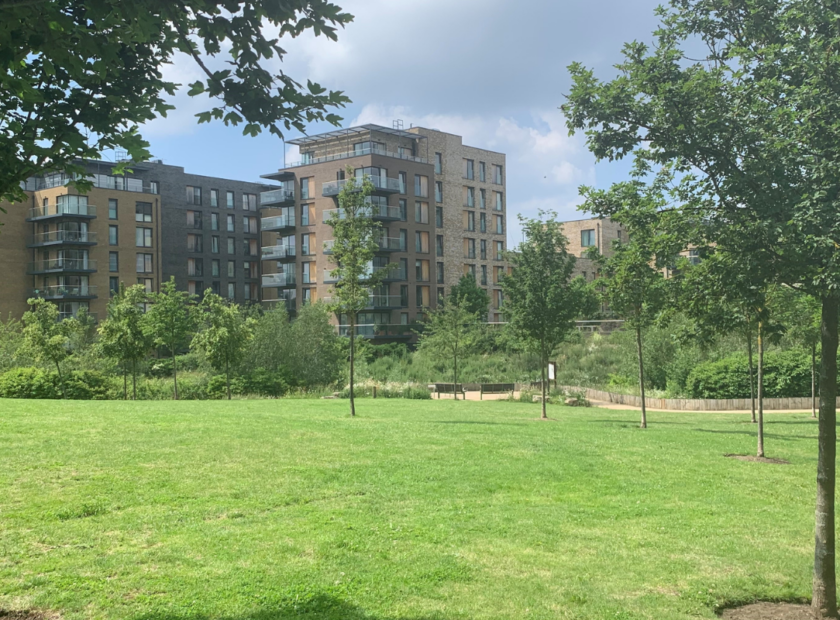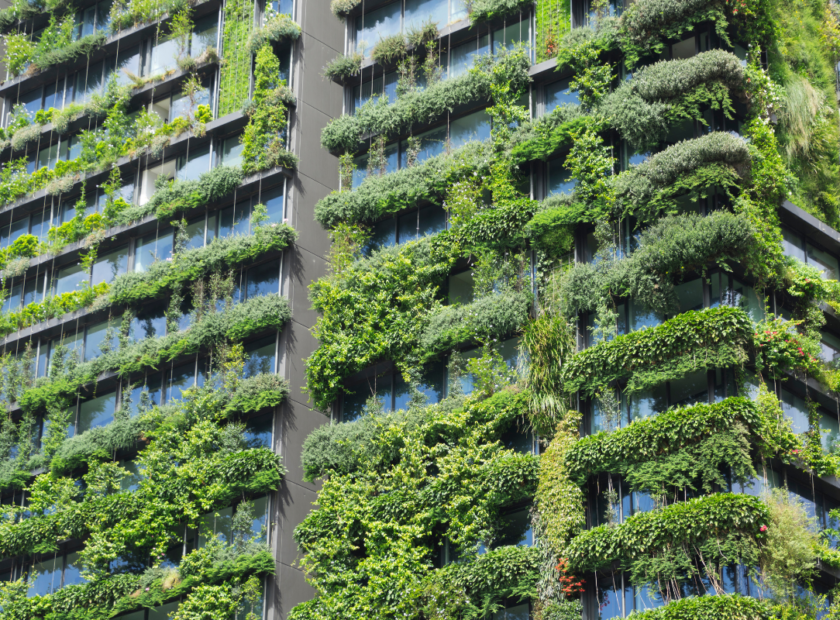In this guest blog, AECOM explores how the 15-minute city concept can be a valuable tool for urban planners
Urban planners play a pivotal role in shaping the narrative around the 15-minute city concept, as argued by AECOM’s Director of City Masterplanning and Urban Design, Elad Eisenstein. The idea of having essential services within walking or cycling distance has sparked extensive debates, ranging from supporting sustainable communities to concerns about personal liberty.
Despite the concept’s strength and broader contribution to the built environment, its recent applications have often been associated with the construction of cycling lanes, long-term low-traffic arrangements, or localised amenity additions. Consequently, the concept remains highly malleable by the media, emphasising the need for its appropriate utilisation and a focus beyond singular, traffic-related applications.
It’s about balancing the mobility network, not a battle against the car
Reducing transport emissions is a critical obligation for cities, necessitating the provision of low-carbon and attractive alternatives to car use. Acknowledging the right to use cars, especially in areas lacking relevant alternatives, prompts questions about when and why individuals opt for cars. Better planning of local neighbourhoods can offer choices with more attractive, healthier, and safer alternatives for mobility, making the car a secondary option—preferably a zero-emission or shared one.
Better planning of local neighbourhoods can offer choices with more attractive, healthier, and safer alternatives for mobility, making the car a secondary option.
The transition toward sustainable mobility can be accelerated when considered as part of a holistic planning and design approach to place, a challenge that successful developments like King’s Cross address. Prioritising walking and embedding low-traffic principles has proven successful, primarily because of its well-planned infrastructure and how it contributes to place, vibrancy and activation. Quality delivery emerges as a key factor in stimulating behavioural change, emphasising the importance of creating environments that resonate with the needs and preferences of residents and businesses.
Create and communicate the ripple effects of infrastructure
Cities have an opportunity to create sustainable communities by investing in infrastructure, as highlighted by the 15-minute city concept. For instance, development around transportation nodes provide more benefits to local communities as they can offer a range of services beyond transportation, such as housing and various amenities within walking distance.
Apart from transportation, larger developments also provide opportunities to incorporate green and blue infrastructure. Better streets, a network of public open spaces, and innovative spaces within buildings, such as sky gardens and green facades, contribute to the comfort, microclimate protection, biodiversity, and other sustainability and place-making benefits. Stratford and the Queen Elizabeth Olympic Park in London are examples where planners leveraged the park’s value and concentrated high-density development around transport nodes, resulting in highly walkable, vibrant, and safe communities for residents, workers, and visitors.
When integrated sustainable infrastructure is embraced by local communities and economically feasible, it becomes a positive catalyst for shaping the future of cities, promoting economic and environmental sustainability.
Settling the challenge of urban centre vs suburb
One of the challenges associated with the 15-Minute City concept is the potential negative impact on urban centres, with people, jobs and services moving away from the city core and into the suburbs. However, the solution is not a dichotomy of one versus the other. Thriving cities are planned as holistic networks, where central urban areas and suburban neighbourhoods complement each other.
Thriving cities are planned as holistic networks, where central urban areas and suburban neighbourhoods complement each other.
In Sydney, Australia, there is a concerted effort to make the CBD relevant again, not by attracting 9-5 workers back but by diversifying its offerings as a mixed-use city. The goal is to attract a broader range of businesses and residents, creating a 24/7 environment. Similarly, Melbourne’s Suburban Rail Loop (SRL), the city’s largest infrastructure project in decades, presents a unique opportunity to revitalise suburban environments. By making new stations focal points for new ‘centres,’ the city aligns with its long-term plan to promote ‘living locally,’ providing people with more services and opportunities closer to home.
Delivering much needed change to the city’s building stock
With a significant focus on decarbonisation efforts directed at retrofitting existing stock, the 15-minute city concept provides a golden opportunity to explore local areas comprehensively. The post-COVID era has witnessed a transformation in office spaces, with many employees experiencing a much-needed facelift. Introducing more collaboration space and a friendlier, more relaxed environment aims to attract workers back to the office, at least for part of the week.
Local high streets and town centres have seen new uses emerging, such as wellness centres, shared workplaces, galleries, and local artisanal shops taking up vacant retail units.
Local high streets and town centres, struggling to adapt to the rise of online shopping, have seen new uses emerging, such as wellness centres, shared workplaces, galleries, and local artisanal shops taking up vacant retail units. These retrofits present fantastic opportunities for cities, achieving significant gains from a carbon reduction perspective and enhancing overall place quality and experience. In urban environments, which typically take years to adapt and evolve, an unprecedented opportunity exists to accelerate the pace of change.
Conclusion: Beyond Mobility, Towards Holistic Living
The concept of the 15-minute City is not a one-size-fits-all plan because there is no perfect model for city living. Its purpose is to present and guide towards a different future that shapes more liveable places and healthier and more sustainable communities.
The 15-minute City is really about allowing people to make the most sustainable choice.
The 15-minute City is really about allowing people to make the most sustainable choice. When considered holistically, it gives us useful tools to balance global challenges, such as climate change, economic instability, or health, with the needs and aspirations of local communities. As urban planners, we should support these wider benefits so that the narrative moves on from the idea of it being only about car use or the benefits of working from home.
This article draws on the presentation Elad Eisenstein gave at the TCPA’s 2023 annual conference and an article on the same theme published on AECOM’s website




